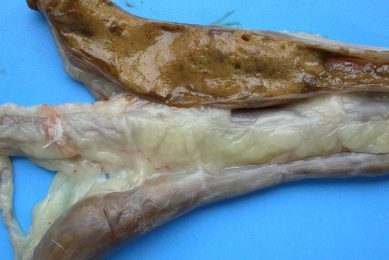The future of ready meals in Europe
A common complaint heard all over the world today: “The world is speeding up! Between a professional career and family life, I hardly have time to cook!” Enter the food industry, which since its birth, but most especially over the last half century, has addressed this subject time and time again, first by processing and later on by further processing many of the meals we eat today.
A common complaint heard all over the world today: “The world is speeding up! Between a professional career and family life, I hardly have time to cook!” Enter the food industry, which since its birth, but most especially over the last half century, has addressed this subject time and time again, first by processing and later on by further processing many of the meals we eat today.
Europe, thanks to the relatively high disposable incomes of its citizens, is among the market leaders in this area, as a recent report from Mintel shows. What’s especially striking is the fact that what seems to be driving that growth are not just convenience but also quality and healthy eating.
I won’t go into the details of the report; for those you can read it yourself. What is important is to consider the role the poultry industry has to play in this arena.
Poultry already has a big advantage over most other animal proteins thanks to its health profile in the eyes of consumers, especially white meat. This is one area the poultry industry focused on over the past decades and which has led to the crowning of chicken as the meat of choice for health-conscious consumers.
Quality-wise, poultry processors can gain an advantage by improving the palatability of white breast meat. There are several methods for this, mainly injection and marinating. This will avoid the common complaint that chicken breast is dry and stringy and will help to attract returning customers.
Are there any particular areas to focus on?
A little cultural background helps. Going back to the Mintel report, which focuses on five countries (UK, Germany, France, Italy and France), it goes without saying that Southern Europe is more traditional than the North. Thus, in the UK and Germany processors could focus more on exotic foreign flavours, such as Thai and Indian cuisine, for example, whereas Spanish and Italian consumers will look more for a homely flavour, reminiscent of their own old-style cooking.
Food for thought…













